If you didn’t know, gardening is one of my absolute favorite hobbies. I’ve been doing it for years and it’s one of the most humbling, grounding, and rewarding things I do regularly in my life. I live in the city with a TINY space in my front yard to garden, which, don’t get me wrong, I utilize to the best of my ability. But I’m thankful that my parents live on property and I have the privilege to use 1/4 of the acre for gardening. The garden on my parent’s property is my baby. My project that I’ve been working on for 5+ years.

With everything going on in the world with COVID19, there has been a lot of extra time to garden and I’ve seen more & more people start gardens for the first time because they have time at home on their hands. I’m a firm believer that anyone can garden from anywhere. From an apartment porch to acres in the country, you can grow your own food in all different ways. So if you find yourself wanting to start your garden for the first time, I have 5 easy steps for you!
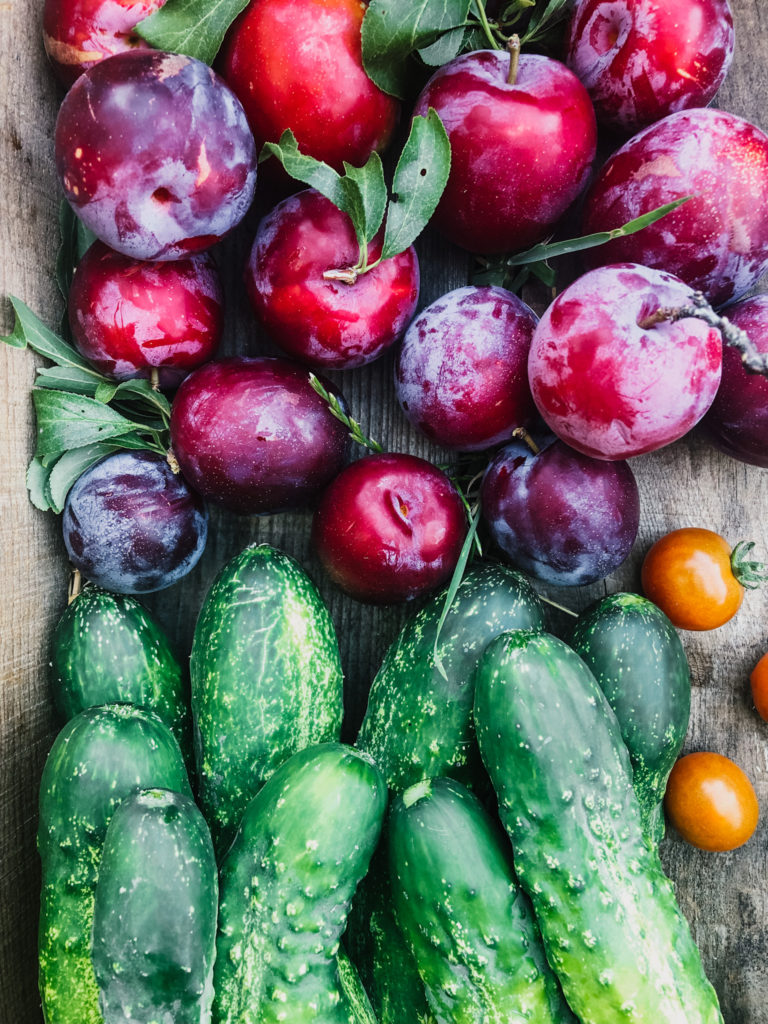
1. Pick Out Your Space
If you live in an apartment with no dirt in the ground, plant in pots on your balcony! I’ve seen it done many times. Get a few pots, fill them with soil, & pick out a few things to grow. Make sure you water frequently, because pots will dry out quickly. If you have space to plant directly into the ground or a raised bed, that’s perfect! Prepare the soil by pulling weeds if needed and adding some fresh new soil or compost.
2. Lay Natural Wood Chips Down
My absolute favorite method of gardening is called The Back to Eden Gardening Method. Once I learned this method, I’ve never looked back. I highly recommend watching their video to learn more. One of the big take ways of their method of gardening is the use of natural wood chips. They do 3 big things: retain moisture, slow release natural fertilizer, and prevent weeds from growing! Most tree services will drop off wood chips to you for free! You don’t want manufactured chips from Home Depot or another store. Putting a good 3-4inches of wood chips over your soil will be really helpful in the long run!
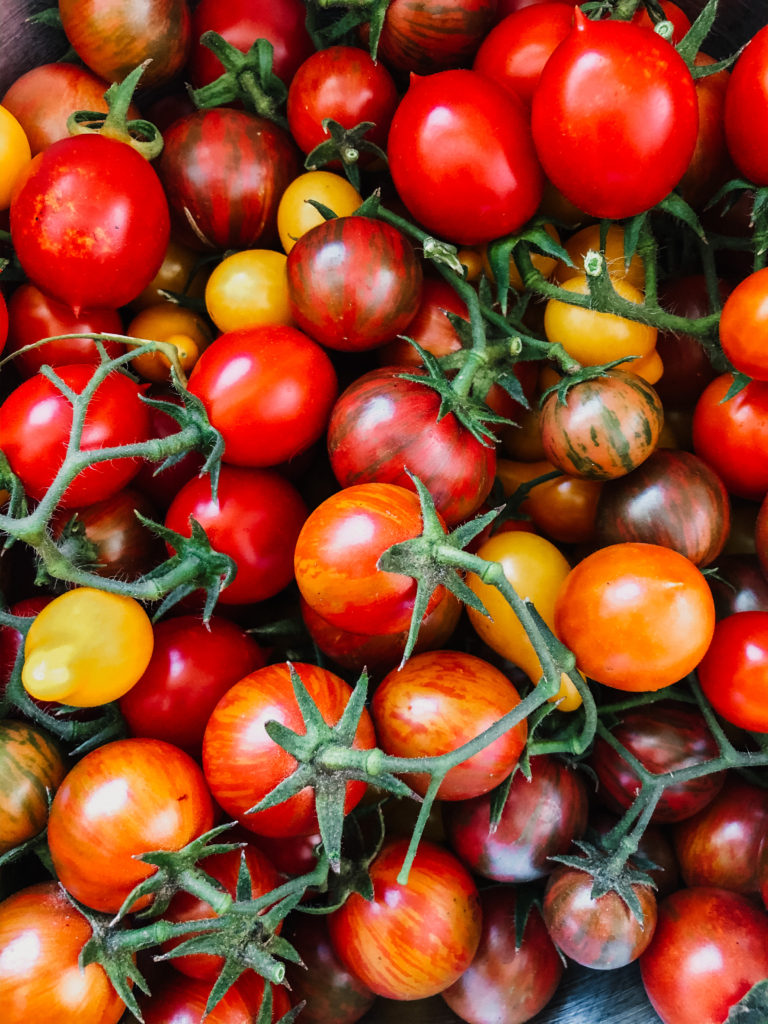
3. Plan Out What You Want to Grow
Depending on the type of space you have, depends on what you can plant. I’d suggest making a list of the top 5 things you’d like to grow & start there! If you’re planting in pots on your apartment balcony, maybe you only have room for one tomato plant, some lettuce, and herbs! If you’re planing in raised beds or in the ground, draw out what you want planted & where. This will help you know how much to get when it comes to buying plants. If you want to maximize space, look into square foot gardening…a method that allows you to grow plants very close together. Or vertical gardening! If you don’t have ground space, grow up! We love using trellis, fences, cattle panels, etc.
4. Buy & Plant!
Now that you’ve prepped your garden space, you’re ready to buy plants & plant them! I suggest organic plants from a local nursery. When you go to plant, make sure you’re past the average last frost date…in Northern CA, that is around April 15th. I personally choose to plant a little earlier then that and I watch the weather closely. I just planted my 2020 summer garden during the first week of April!
Tomato Planting Tip: plant them DEEP. Tomatoes are one of my favorite things to grow & I see people plant them all types of ways. The best successful plants we’ve had are the ones that are planted very deep…like 7-10inches in the ground deep. You can trim off the lowest branches and plant it deeper. All the little hairs on the stem will turn into roots when buried. Thus producing a stronger & healthier plant!
Takeover tip: research & be aware of what plants are invasive & can takeover! It’s best to plant invasive plants in a container so they are self contained. Some of the top ones in my experience are mint, blackberries, raspberries, asparagus, & strawberries.
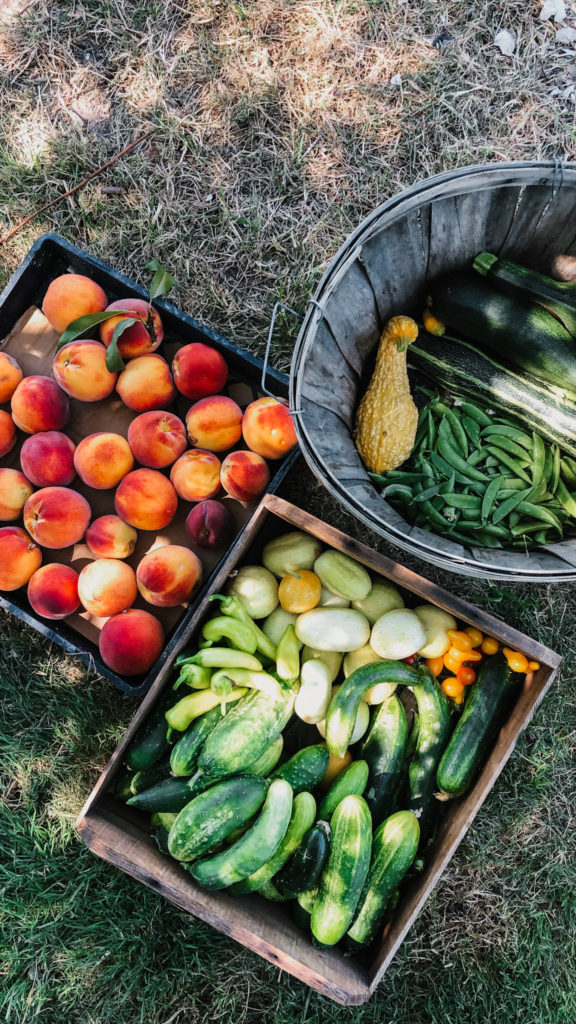
5. Water & Fertilize
After planting, make sure your garden gets watered well. And then consistently from there on out. Some plants need more water than others. Wood chips will also allow you to water less as they retain moisture. If you notice your plants struggling and turning yellow, my favorite natural fertilizer is Fish & Kelp emulsion. It’s smelly, but very helpful to a struggling plant!
I hope this inspires you to plant a garden, no matter how big or small your space is. It’s a journey of patience, endurance, and humility. Tag me in your photos on social media or ask questions on my Instagram! I’d love to have a gardening conversation with you. Enjoy the process!
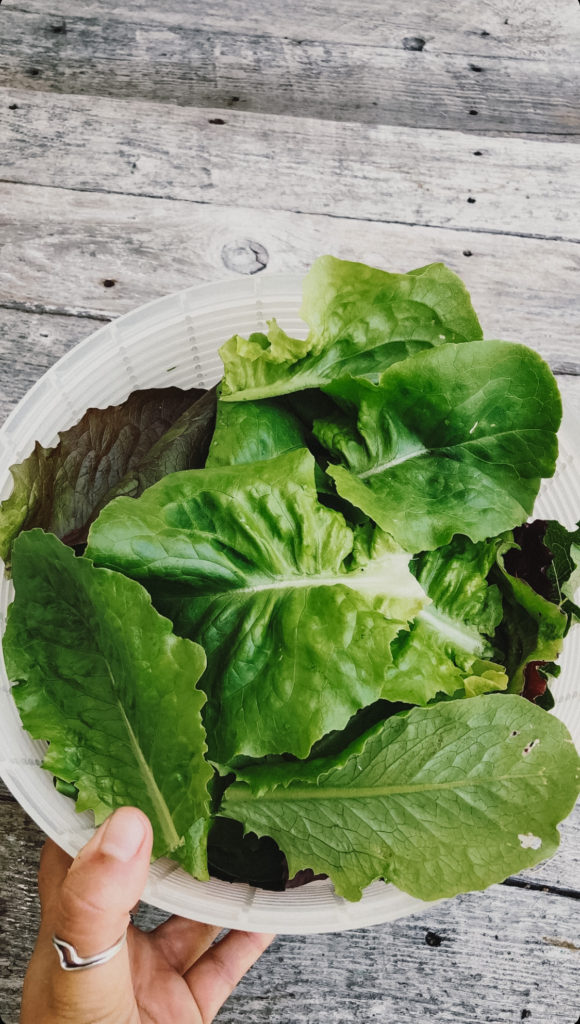
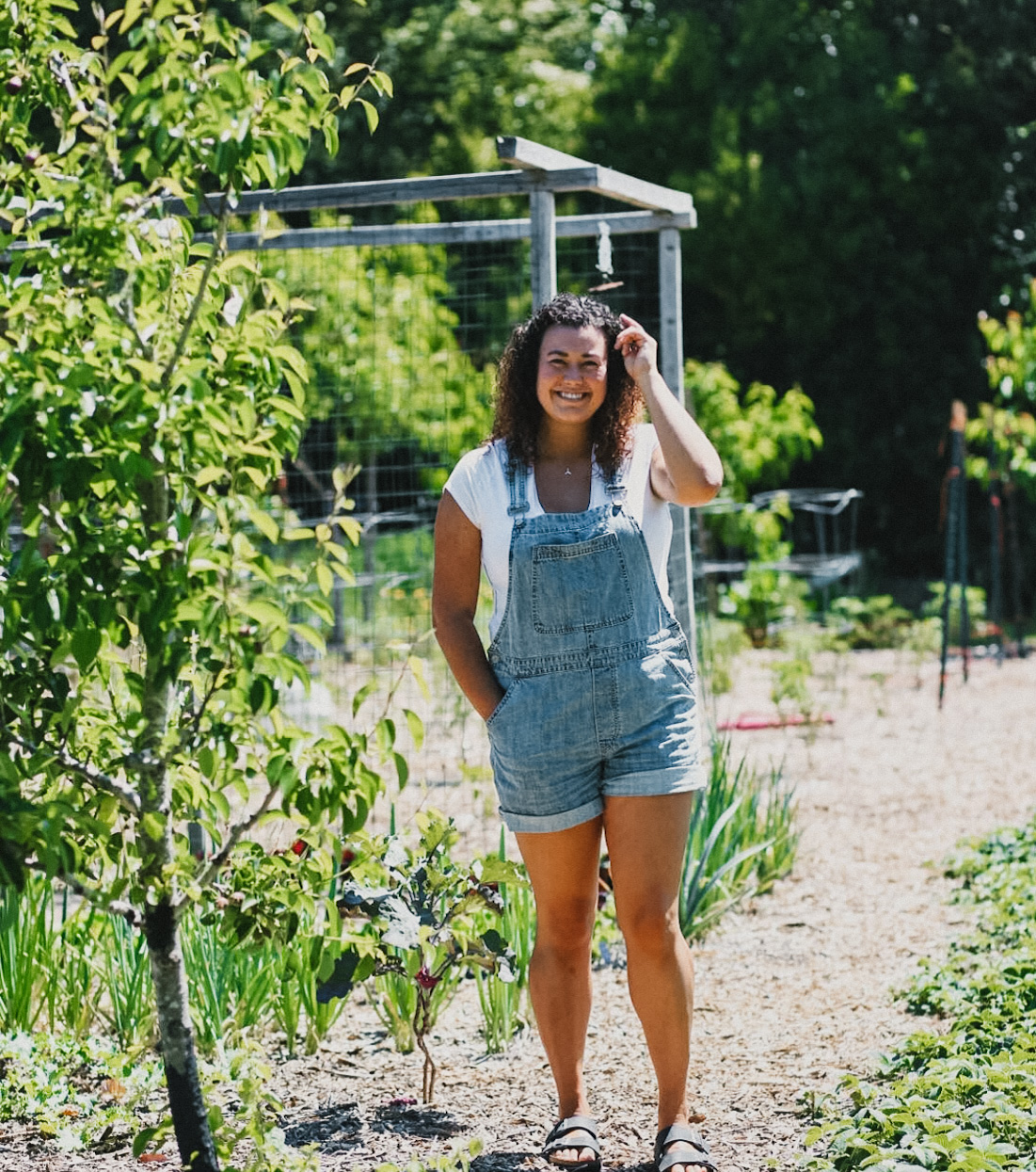
liked this post? leave a comment!